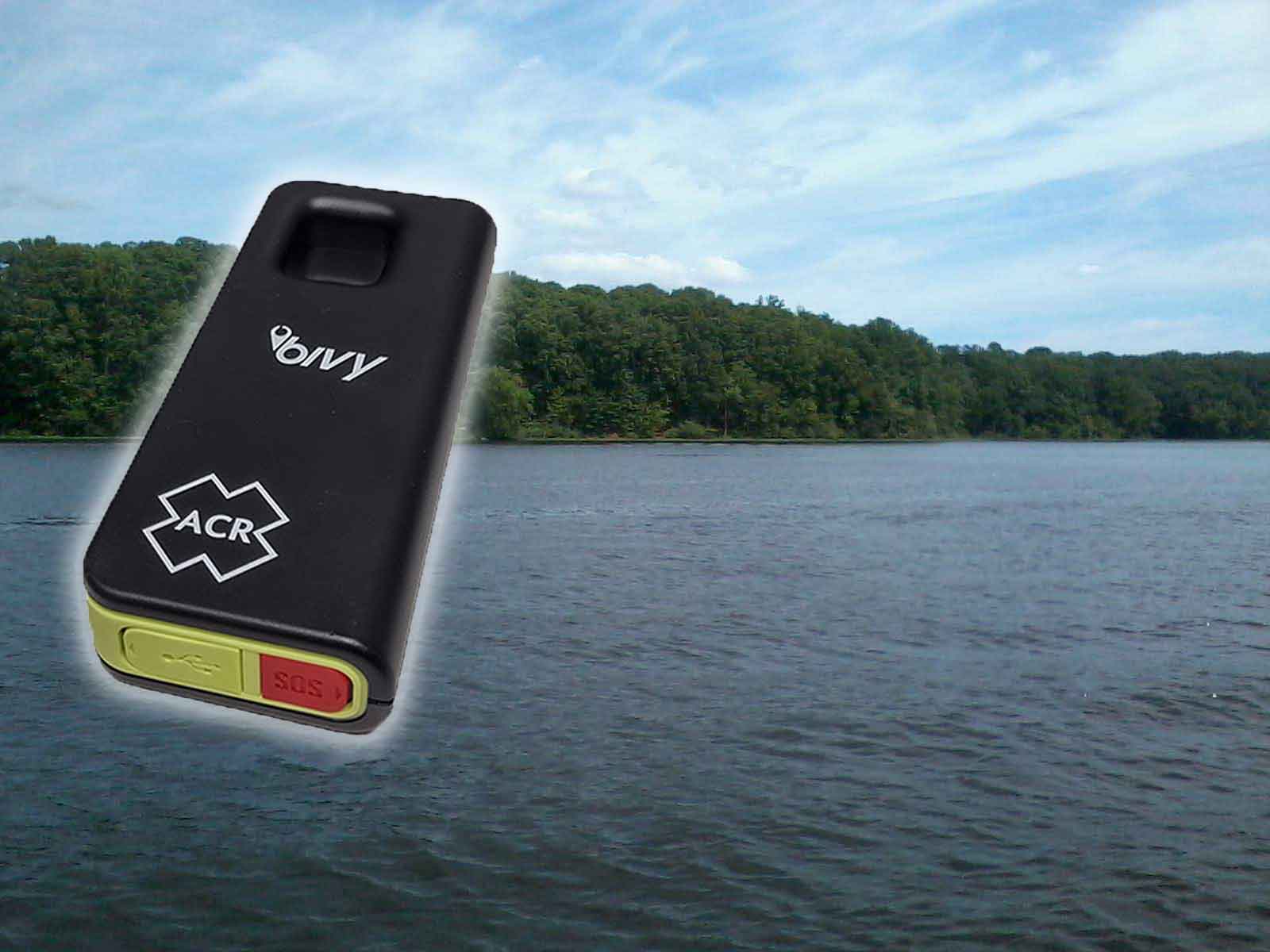A First Look at the Bivy Stick: Simple, Affordable Connectivity

It was a sunny day out on beautiful Lake Chesdin right outside of Petersburg, Virginia. The birds were chirping merrily, the fish swimming purposefully, and I was sending emergency messages to a handful of close friends and family. An avid hiker and camper, I knew this wasn’t the best way to test the power of the Bivy Stick. Still, it seemed like a good option to test its usefulness without going too far off the beaten path. I was a bit skeptical at first since there are a lot of great products already on the market, but by the end of the day I was quite impressed by the utility of this little device.

Bivy Stick Pricing and Competitors
The Bivy Stick is priced very favorably considering it’s robust list of features. The Globalstar SPOT Trace, SPOT Gen 4, and SPOT X are all a bit less expensive than the Bivy Stick, and the Iridium GO! is much more costly. The only two products that can really be directly compared to the Stick are the SPOT X and the Iridium GO!.

The Iridium GO! has the ability to make phone calls and the ability to send and receive email- features that the Bivy Stick lacks. Still, the Stick allows for sending emails through a text-like interface. It’s not quite the same since you can’t check emails nor receive new emails, but is a nice consolation given the reduction in price. Web surfing is also technically possible through the Iridium GO!, but data speeds are almost completely unusable. For these extra features, the price for the equipment will be about $700 more and the monthly service cost will be much more expensive, too.
The SPOT X has similarly priced service plans to the Bivy Stick and is a bit less expensive for the equipment, but lacks the ability to send email or check weather. The device looks a bit like one of the old Blackberry phones, boasting a full keyboard and large screen. While some don’t like the size of the SPOT X, I prefer it. The device fits in my hand nicely and is clearly built to last. The SPOT X pairs with a phone via bluetooth so contacts can be shared from one device to the other. Both are great little devices, but the Bivy Stick has a few extra features to edge it out over the SPOT X.
Using the Bivy Stick
What struck me most about the Bivy Stick was it’s simplicity of use. Turning it on, getting it paired to my cell phone, and setting it up were all very intuitive. Once that was done, it was all smooth sailing (pardon the pun). While I was out on the water I had regular location updates sent to my contacts, along with preset messages that were sent with the press of a button on the device. All of this was done without using my cell phone. The weather report feature was cool as well, allowing me to see what I could expect over the next few hours while far outside of cellular range.
I thought the compatibility with GoPro mounts was a cool feature beforehand, but didn’t realize how useful it would be until I was using it. While on the boat I attached it to my fluorescent orange floatation mount and didn’t have to worry about it falling into the water. I can imagine with the hundreds of possible mounting options that GoPro devices have, the Bivy Stick can fit in well with practically any athletic activity that doesn’t leave room for much extra space.
The whole package and experience- from downloading the app and setting up my account, to pairing with my cell phone, to using the device while out on the water- can best be described as seamless. Everything worked exactly the way it was described with no ambiguity, and from my first time using the device I felt confident I knew how to operate it. For less tech-savvy users there may be a bit of a learning curve, but a minimal one that would be overcome after the first use.

An important feature of the Bivy Stick that the Iridium GO! lacks is it’s ability to work without a cell phone. While the Bivy app is very useful and many features are only available through it, the Bivy Stick does not become a paperweight once your phone dies or becomes unusable. For emergency situations, this is a huge advantage. The Iridium GO! requires a cell phone for almost all features, with the exception of the SOS button located on the device. While this provides a safety net, there are quite a few circumstances I can think of where more features would be helpful. The Bivy Stick allows for SOS, location sharing, and preset message sending without the use of a cell phone. Through careful preplanning, these three features create a huge value over the Iridium GO!. Though the Globalstar product line offers this functionality as well, the Gen 4 and SPOT X do not offer some of the other features that the Bivy Stick provides. On the other hand, the SPOT X is the only one of the bunch that can send custom messages without the use of a cell phone.
The Final Word on the Bivy Stick
I was not injured, I was not in danger, and I didn’t need to be rescued. Still, a main test was passed by the Bivy Stick- the confidence that under a heavily distressing situation, the unit could be easily used to communicate. The text message and one-way email capabilities were cool, and the weather checking was definitely a plus, but the ease of use is what sold the Bivy Stick for me. For a more robust set of features the Iridium GO! is a great option, but for a simple satellite communication device with affordable monthly service plans, the Bivy Stick is hard to beat.